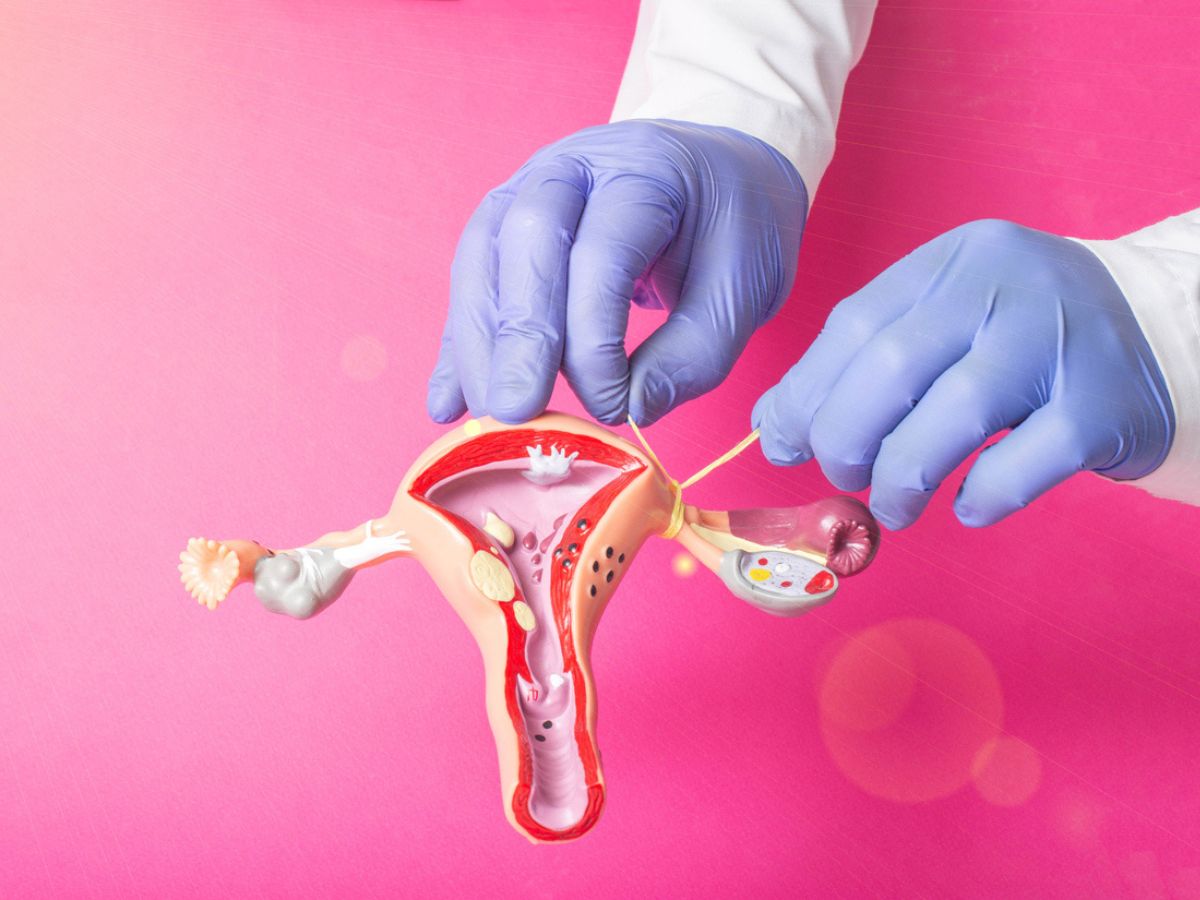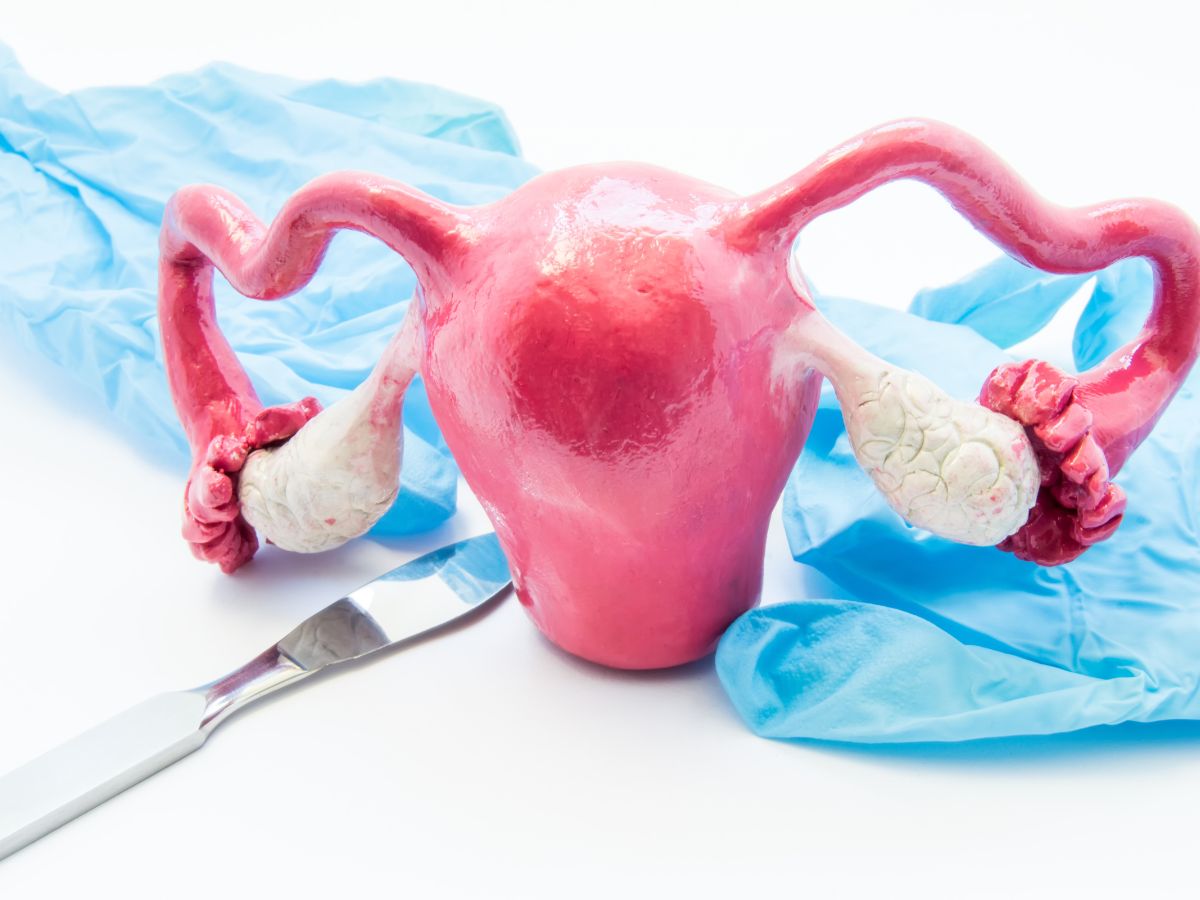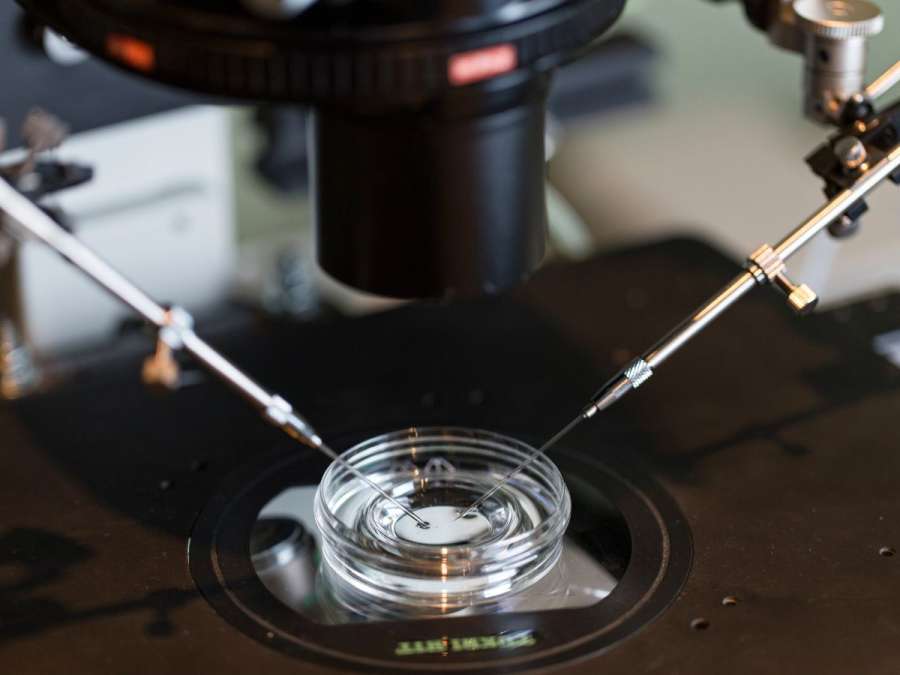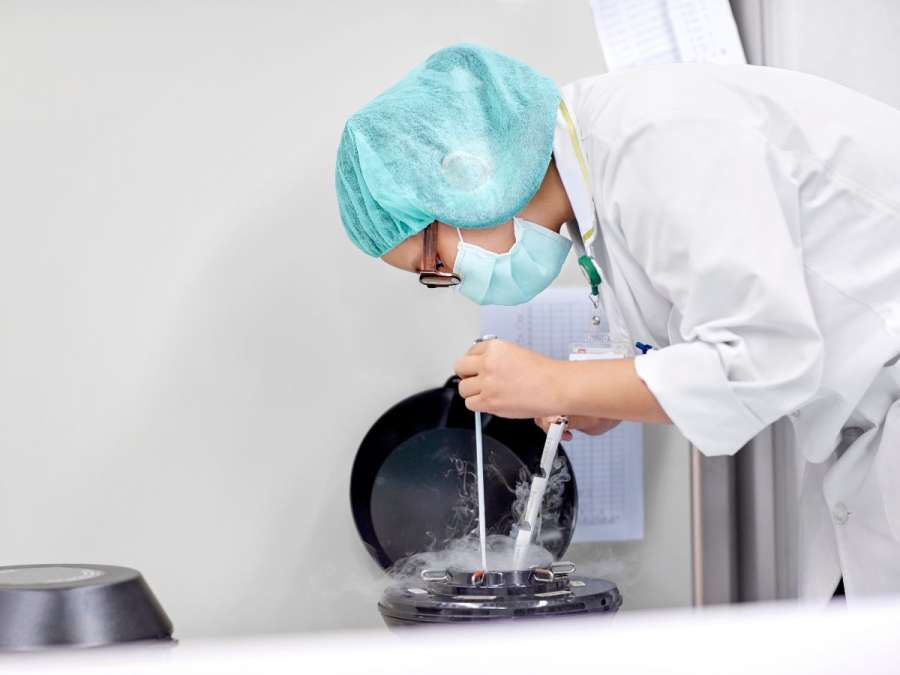Tubal ligation, or “getting your tubes tied,” is a surgical procedure known to permanently prevent pregnancy. However, circumstances change, and some individuals may desire to conceive after undergoing tubal ligation. In this article, we will be exploring the options available for conceiving after tubal ligation, including tubal ligation reversal surgery, in vitro fertilization (IVF), and alternatives.
1. Understanding Tubal Ligation
a. What is Tubal Ligation?
Tubal ligation is a surgical procedure which involves blocking, sealing, or cutting to prevent the meeting of sperm with egg in the tube.
b. Effectiveness of Tubal Ligation:

Tubal ligation is a highly effective form of contraception with a low failure rate. However, there is still a slight chance of pregnancy after the procedure.
2. Tubal Ligation Reversal Surgery
a. Overview of Tubal Ligation Reversal:
Tubal ligation reversal is a surgical procedure that aims to restore the functionality of the fallopian tubes by reconnecting them.
b. Factors influencing Tubal Ligation Reversal:

Factors such as age, type of tubal ligation procedure, and overall reproductive health play a role in determining if an individual is a good candidate for tubal ligation reversal.
c. Success Rates and Considerations:
The success of tubal ligation reversal depends on various factors, including the length and quality of the remaining fallopian tubes. Other considerations, such as the risk of ectopic pregnancy, should also be considered.
3. In Vitro Fertilization (IVF)
a. What is IVF?
IVF is a procedure in which the eggs are retrieved and fertilized with sperm in a lab setting. The resulting embryos are then transferred back to the uterus for implantation.
b. IVF Process and Success Rates:

IVF involves several steps, including ovarian stimulation, egg retrieval, fertilization, embryo culture, and embryo transfer. Success rates for IVF can vary based on factors such as age, fertility history, and the quality of eggs and sperm.
4. Alternative Options:
a. Gamete Intrafallopian Transfer (GIFT):
GIFT involves transferring eggs and sperm into the fallopian tubes, allowing fertilization to occur naturally within the woman’s body.
b. Intrauterine Insemination (IUI):

IUI, or Intrauterine Insemination, involves injecting sperm directly into the uterus, bypassing the cervix. It can be considered as a viable option after tubal recanalization and confirmation of tubal patency.
c. Emotional Support and Counselling:
Seeking emotional support and counselling is crucial throughout the decision-making process and the journey of trying to conceive after tubal ligation. Connecting with support groups or fertility specialists can provide guidance and comfort.
Conceiving after tubal ligation is possible through various options such as tubal ligation reversal surgery, IVF, and alternative approaches like GIFT, or IUI. It is essential to consider individual circumstances, success rates, costs, and emotional factors and consult with fertility specialists to determine the best option. With the correct information, support, and medical assistance, individuals can explore their options and make informed decisions on achieving pregnancy after tubal ligation.
